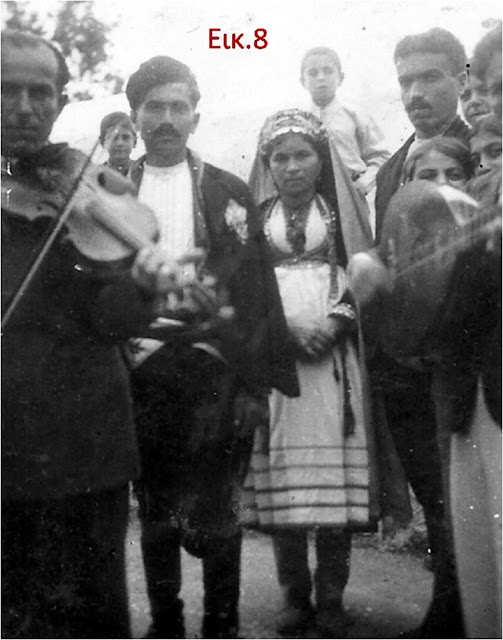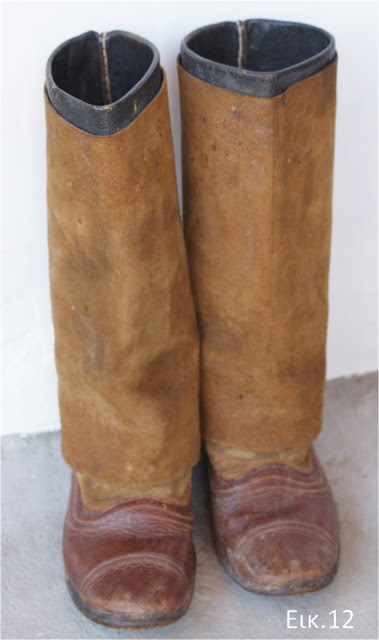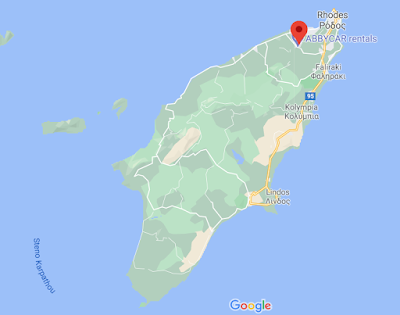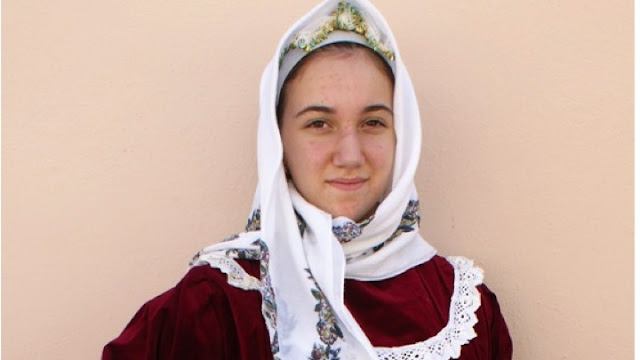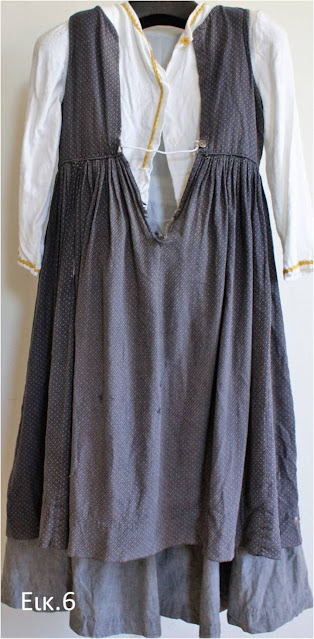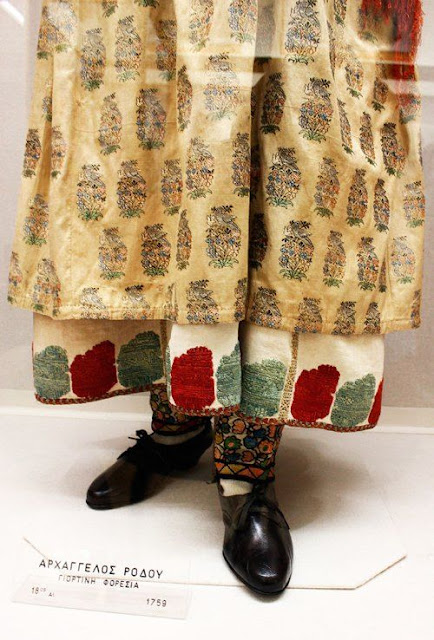Hello all,
I recently finished an article on the costumes of the Dodecanese, and promised that I would return to Rhodes, to give more detail. Rhodes lies in the Dodecanese Island group, and is almost the furthest to the southeast, excepting only Kastellorizo.
It is also the largest island of the group, and is sometimes called the Island of the Knights, as it was home to the Knights of St John of Jerusalem from 1310 to 1522. https://en.wikipedia.org/wiki/Rhodes
Here is an expandable map of the island.
I am indebted to the local newspaper, I Rodiaki, for much of this information. Kastellou or Embona
The costume which is by far the most commonly seen is that of three villages in the west of the island, Kastellos, now called Kritinia, Emponas [Embona], and Mandriko. In Rhodes, it is generally called the Kastellou costume, outside of Rhodes it is generally called the Embona costume, or just the Rhodian costume.
The links take you to the articles in Greek. Hit the translate button for bad English.
https://www.rodiaki.gr/article/398202/rodos-gynaikeia-paradosiakh-foresia-kastelloy
The two images at the head of the article are of this costume.
The base of the costume is an embroidered chemise, poukamiso.
Over this is a jumper, usually black or white, occasionally blue, with ribbons sewn onto the lower part of the skirt. There is also embroidered ornament around the neck opening.
For older women and for work the jumper is plain
There is a sash which is tied around the hips, in some dark color. In many translations it says that the sash is 'knitted', but this is not the case. It is made in sprang. The mistranslation comes from the fact that the Greek word used is a general one, meaning to make cloth in a way that does not use a loom. English does not have such a word, the only words available all refer to a specific technique, knit, crotchet, sprang, braid, finger-weaving, looping, etc. Thus any mention of a technique that does not use a loom has to default to one of these terms, and it usually ends up being 'knitting'. In any case, the sashes here are made in sprang.
https://en.wikipedia.org/wiki/Sprang
As you can see in some of the above images, a short jacket is sometimes worn with this outfit.
Buskins, or soft boots complete the costume. You will see the buskins replaced by regular black shoes, but only by groups outside of Rhodes. Jewelry and a kerchief are necessary accessories. The men's outfit is much the same as in the rest of the Dodecanese
A few images of processions and dancing.
I will give some information on other costume traditions on the island which are not remembered as well. proceeding roughly clockwise.
Salakos
https://www.rodiaki.gr/article/396452/rodos-h-gynaikeia-paradosiakh-foresia-ths-salakoy
In Salakos, two different costumes from different periods are remembered. The first is the older, home made village type costume, similar to that of Amponas. The second is based on the urban styles of the 19th cent. This is considered to be the less formal outfit.
Apollona
This is a village costume not dissimilar to that of Emponas. Like the last one, this includes pants for the women.
Dimilia and Eleousa
The festive costume for these two villages is of the village type.
The more casual costume is of the urban type.Archipolis
This costume is less well remembered, but here is one surviving example of the formal costume.
And just a couple of the casual costume.
Fanes
There is one very authentic costume preserved in excellent condition from Fanes.
Details of each costume piece; the chemise
The sash, including detail of the sprang design.
With the blue jumper instead
Soroni
This village has a well known costume tradition, and an active performing group. The costume is of the village type, worn with embroidered vraki.
The vraki are embroidered with various patterns.
The chemise, poukomiso, is also embroidered.
Over the chemise is worn the white jumper. The only ornamentation is piping around the openings and hem.
The outfit is completed with the silk jacket, sprang sash, and headdress.
A later urban style, less formal outfit also exists.
Just a few images of the local dance group in action.
In Theologos, an old costume similar to the village one is remembered, but not used today.
Kremasti
In Kremasti only the 19th cent urban style costume is remembered. This may be because it is close to the capitol.
In Ialysos, likely because of proximity to the capitol, only the urban costume is known.
Pastida
We are now travelling south from the capitol. In Pastida, the village costume is remembered, but without embroidery on the vraki. The sash is very plain.
The urban style costume is better remembered.
Maritsa
In Maritsa we see a costume which seems to be a transitional form between the village and the urban. The chemise has remained, but without embroidery. The jumper also remains, but is made of commercial fabric. An urban style jacket has been added.
Afantou
In this village, the only costume remembered is the urban style one. There is one woman, Despina Drakou, who sews all the costumes for village functions.
Here, as on so many of the islands in the vicinity, cotton kerchiefs in the old hand printed designs are used for the costumes.
Masari
The costume of Masari is reminiscent of that of Maritsa, a sleeveless jumper of bought cloth over a chemise, which is then covered with a jacket.
Archangelos
The costume of Archangelos is the second best known of the Rhodian costumes. It consists of embroidered pants, vraki, for the women, an embroidered chemise, some of the embroidery is similar to that used on Astypalia and Nisiros. Over the chemise is worn a jumper of silk cloth, then a jacket.
The following are a couple of examples of the everyday costume.
This has strong similarities to the general costume of South Rhodes, about which I have less information. Here are some images.
The costume of Lindos.
The costume of Kattavia
And some that are just labelled 'South Rhodes'. You can see that they fall into the same general type of costume as Archangelos.
Here is a photo of a chemise from somewhere on Rhodes, so you can see the construction.
And that is all the material that I have. I would encourage you to copy and use some of this embroidery, or if you do Greek dancing, to make a costume from the island, one that is less commonly seen.
Thank you for reading, I hope that you have found this to be interesting and informative.
Roman K
email: rkozakand@aol.com
































